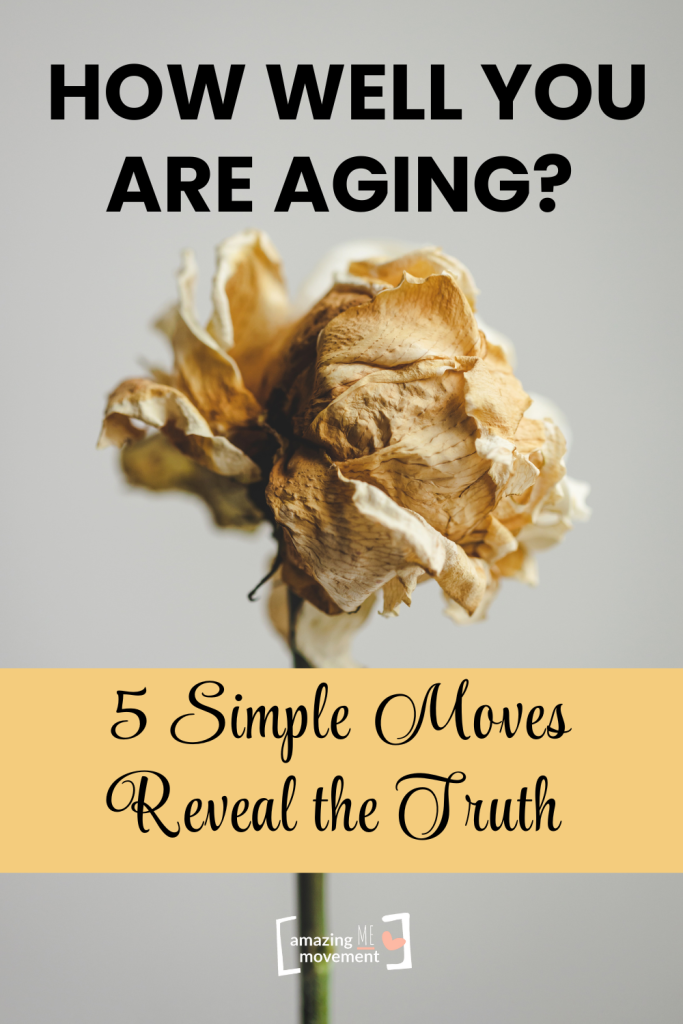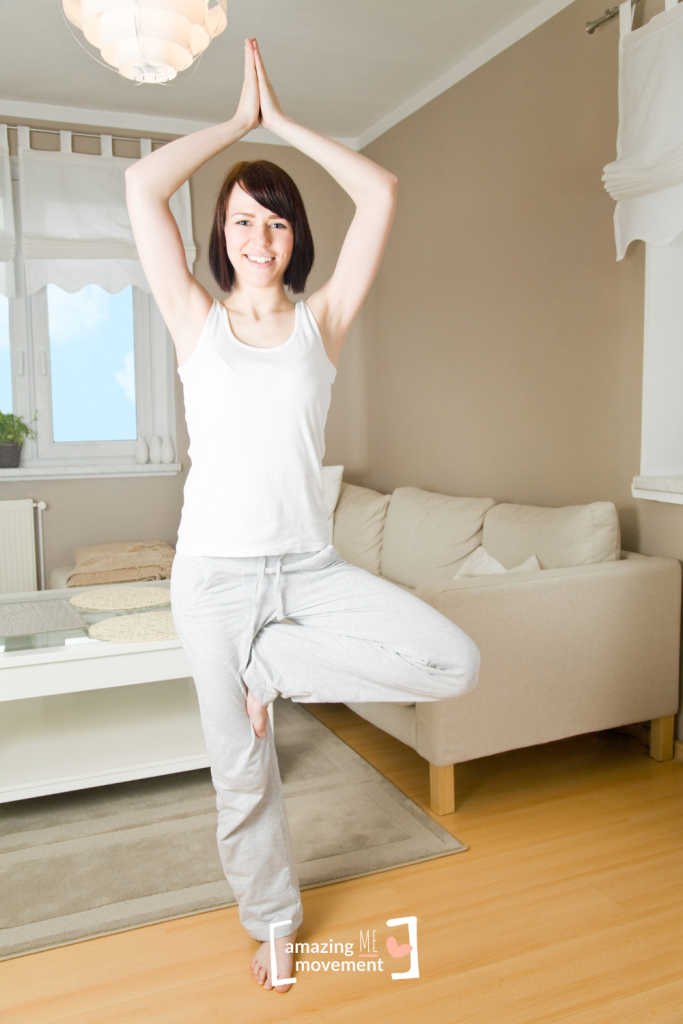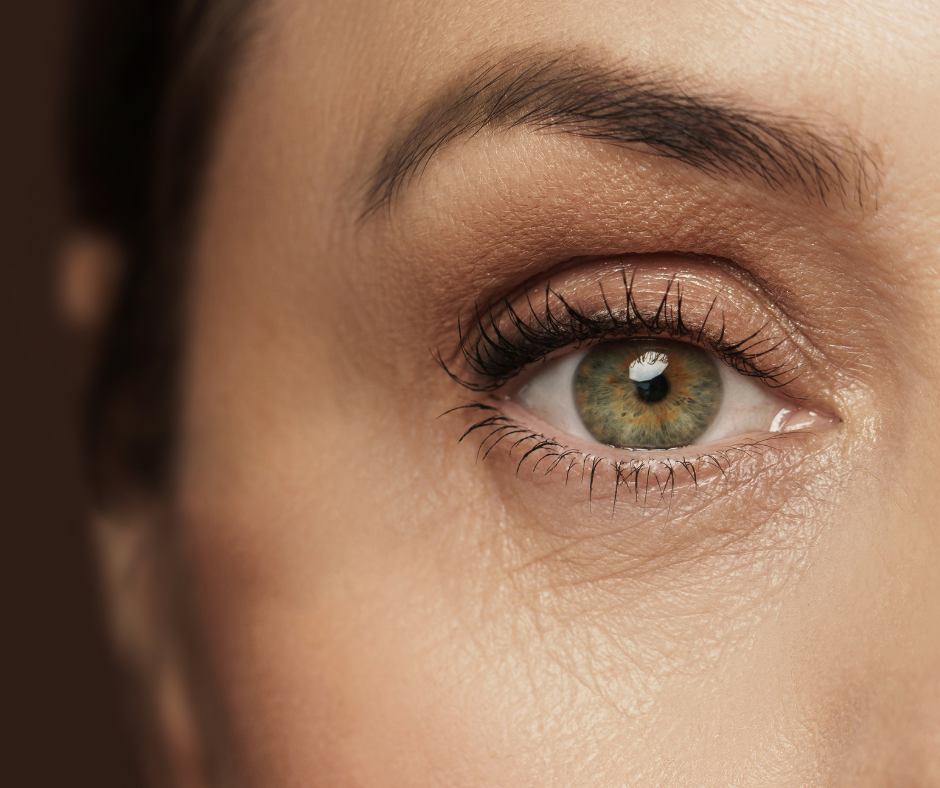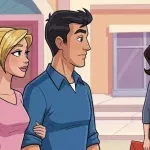Are you aging like fine wine, or do you feel like you’re losing the sparkle? While we can’t stop the clock, we can certainly choose how we age. Embracing an active lifestyle can mean the difference between simply growing older and truly thriving in your golden years.
To help you assess your aging process, we’ve gathered five simple yet powerful exercises that you can perform at home. Ready to discover how well you’re really aging? Let’s get started.

What Does Aging Gracefully Mean?
Aging gracefully isn’t just about maintaining a youthful appearance; it’s about celebrating the wisdom, experiences, and strength that come with each passing year. The journey can be empowering and fulfilling when you focus on maintaining your physical and mental vitality. Embracing an active lifestyle ensures you can enjoy life to the fullest, no matter your age.
Aging is a natural process that involves gradual changes in the body. As we age, we may experience a decrease in bone density, muscle mass, and flexibility. However, these changes don’t define us or limit our potential. Understanding these biological processes helps us to be more proactive in managing our health.
Staying aware of how well you are aging is crucial for long-term health benefits. By monitoring and actively engaging with your body’s needs, you can improve your quality of life, reduce the risk of age-related diseases, and maintain independence. It’s not just about adding years to life, but life to those years.
Expert Insight: Caroline Idiens
Caroline Idiens, a renowned UK fitness coach, emphasizes the pivotal role exercise plays in aging well. She advocates for regular movement and strength training, which she believes are vital in combating the natural decline in physical abilities as we age. Idiens argues that with the right exercises, we can feel fitter and stronger even in our later years.
To aid in your journey of aging gracefully, Caroline Idiens recommends five simple at-home exercises designed to test and improve fitness levels. These exercises focus on enhancing balance, strength, flexibility, and overall health, providing a comprehensive assessment of how well you are aging. Let’s dive into these movements and take charge of our aging process with confidence and vigor.
The 5 Essential Exercises for Aging Well
Introducing five essential exercises that serve as your gateway to aging with strength and grace. Designed by fitness expert Caroline Idiens, these simple at-home movements help you assess and enhance your balance, strength, and flexibility, guiding you to a healthier, more vibrant life.

1. Balance Test: Standing on One Leg
To perform this balance test, stand upright and lift one foot off the ground, bending the knee slightly. Keep your eyes fixed on a point in front of you to help maintain balance. Aim to hold the position for as long as possible without losing stability or putting your foot back down. This simple exercise engages your core and improves your overall balance, which is crucial for daily activities.
Research has shown that the ability to balance on one leg is a strong indicator of overall health and longevity. A 2022 study found that middle-aged individuals who couldn’t balance on one foot for at least 10 seconds were at a significantly higher risk of early death. Good balance reduces the risk of falls, which are a leading cause of injury and loss of independence in older adults.
See Your Progress
Tracking your progress in this balance test can be both motivating and informative. Here’s what to aim for based on age:
- Under 40 years: Aim for 43 seconds
- 40s: Target 40 seconds
- 50s: Shoot for 37 seconds
- 60s: Try for 18-19 seconds
- 70s: Hold for 10-15 seconds
- 80 and older: Aim for over 5 seconds
Regular practice can help you improve your balance over time, and setting these age-specific goals can serve as a benchmark for your progress.

2. Core Strength: Planking
To perform a classic plank, start by lying face down on the floor. Place your forearms flat on the ground with elbows directly under your shoulders, and lift your torso and legs off the floor, forming a straight line from your head to your heels. Keep your head aligned with your spine, engage your core, and distribute your weight evenly between your forearms and toes. Aim to hold this position for as long as possible without compromising form.
Health Benefits
A strong core is the foundation for everyday movements and general mobility. It helps stabilize your body, enhances balance, and can significantly reduce the risk of lower back pain. By strengthening your core muscles through planking, you not only improve your posture and efficiency in physical activities but also protect against injuries and support spinal health.

3. Lower Body Strength: Standing Up from a Seated Position
To perform this exercise, start seated in a sturdy, armless chair with your feet planted firmly on the ground, shoulder-width apart. Cross your arms over your chest or keep them at your sides, and without using your hands for support, stand up completely and sit back down. Focus on engaging your core and using your leg muscles to rise and lower with control. This movement targets the lower body, particularly the quadriceps, hamstrings, and glutes, enhancing strength and stability.
Health Implications
Lower body strength is crucial for maintaining independence and performing daily activities like walking, climbing stairs, and carrying groceries. A strong lower body helps prevent falls, which are a common cause of injury among older adults. By improving your ability to stand up from a seated position, you enhance your mobility, reduce the risk of falls, and support your overall quality of life as you age.
See Your Progress
Tracking your ability to rise from a seated position can be a great motivator. Here are the recommended rep goals for different age groups, aiming for as many repetitions as possible in 30 seconds:
- 60 and younger: Women should aim for 24-25 reps, and men for 25-27 reps.
- 70s: Women should aim for 10-15 reps, and men for 11-17 reps.
- 80 and older: Strive for around 8-15 reps.
Consistent practice can lead to improved strength and endurance, ensuring you maintain your independence and vitality as you age.

4. Functional Fitness: Squatting and Pressing
Begin by standing with your feet slightly wider than hip-width apart and your toes pointed slightly outward. Hold a pair of light weights, such as dumbbells or household items like water bottles, at shoulder height with palms facing forward. Keeping your chest lifted and core engaged, lower your body into a squat by bending at the hips and knees, as if sitting back into a chair. Ensure your knees don’t extend past your toes.
As you return to a standing position, press the weights overhead until your arms are fully extended. This combined movement strengthens both the lower body and the upper body, enhancing functional fitness and mimicking everyday activities like lifting objects overhead.
Squatting and pressing simultaneously works multiple muscle groups, including the quadriceps, hamstrings, glutes, shoulders, and core. This exercise improves balance and posture and enhances overall strength and coordination. As a compound movement, it contributes to better functional fitness, preparing you for the physical challenges of daily life and reducing the risk of injury by reinforcing muscle synergy and joint stability.
See Your Progress
To track improvement, aim for 3 sets of 10-12 reps, adjusting weights as needed to ensure a challenging yet manageable workout. This rep range is suitable for individuals of all ages and fitness levels, promoting strength gains without overexertion. As you build strength and confidence, increase the weights or repetitions to continue progressing. Regular practice of squats with a shoulder press will lead to noticeable improvements in strength and overall functional fitness.

5. Grip Strength: Gripping a Towel or Rope
To perform the towel grip exercise, take a medium-sized bath towel and hold it horizontally between your hands. With both hands, twist the towel as if you are wringing out excess water. Focus on engaging the muscles in your hands, fingers, and forearms as you apply pressure. Alternate the direction of the twist to ensure balanced activation of the muscles. This exercise is simple yet effective for enhancing hand and forearm strength, crucial for daily tasks.
Health Implications
Research has consistently shown that grip strength is a reliable predictor of overall health, longevity, and independence. Studies indicate that stronger grip strength in midlife is associated with a lower risk of heart attack and reduced mortality. Additionally, maintaining strong hand muscles supports everyday activities such as carrying groceries, opening jars, and even stabilizing yourself in a fall, crucial for preserving independence as we age.
See Your Progress
Incorporating the towel grip exercise into your daily routine is an easy way to continually improve hand strength. Aim to perform this exercise for 1-2 minutes daily, gradually increasing the duration as your strength improves. Regular practice will not only enhance grip strength over time but also contribute to overall physical resilience, helping you maintain independence and an active lifestyle.
Daily Habits to Age Gracefully
Incorporating these exercises into your daily routine doesn’t have to be daunting. Here are some tips to make it easier:
- Set a Schedule: Allocate specific times of the day for your exercises to build consistency.
- Start Small: Begin with shorter durations or fewer repetitions and gradually increase as you gain strength and confidence.
- Multitask: Work exercises like the one-legged stand or towel grip into everyday activities, such as watching TV or taking a break from work.
Conclusion
Embracing these five exercises as part of your daily routine is more than just a commitment to fitness; it’s an investment in your future. Understanding how well you are aging can transform your approach to health, empowering you to make informed decisions that enhance both your longevity and quality of life.
As you embark on this journey, keep in mind that progress is personal. Celebrate each milestone, no matter how small, and let each achievement encourage you to push further. Share your experiences and successes with friends and family—they might just join you in discovering how well they are aging too. These exercises offer a sense of community and shared purpose, creating a ripple effect of health and vitality around you.
So, let’s get moving and redefine how we age with passion, purpose, and joy. Here’s to aging well, together!
Ready to keep your momentum going? Dive into our other articles for more tips on living your best life at any age!
10 Tips On How To Nurture Mental Health In A Relationship
Benefits of Gratitude: Finding Joy Through Science-Backed Studies
How To Love Myself More: Cultivating Intrapersonal Relationship
- 10 Ways to Overcome Procrastination and Get Things Done – 03/03/2025
- How to Overcome Imposter Syndrome and Thrive – 27/02/2025
- 10 Time Management Hacks You’ll Wish You Knew Sooner – 27/02/2025









Leave a Reply